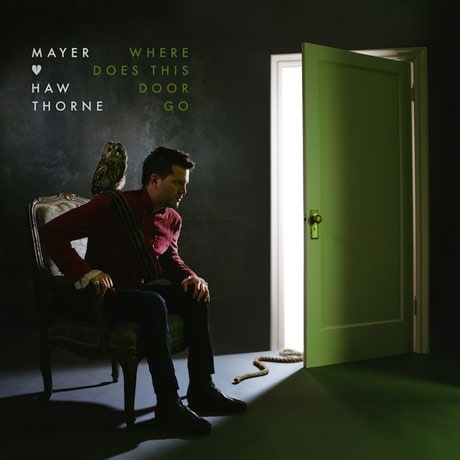When it comes to contemporary R&B/soul, Mayer Hawthorne has been on the bill since 2009, playing the role of Renaissance man or dilettante, depending on your vantage point. With Where Does This Door Go, Mayer Hawthorne's got a brand new bag. The first thought that occurs after taking in the third groovy offering from the Michigan-born artist (aka Andrew Mayer Cohen) is, "did he go on feverish Steely Dan and Hall & Oates listening bender just before making it?" At this point, Hawthorne's got his musical methodology down pat — the reverse engineering of classic Motown and related soul-pop influences in a manner that doesn't belabour the point. In the process, earlier charges that the hip-hop fan formerly known as DJ Haircut was meekly dabbling in a new genre don't stick. The Steely Dan/Hall & Oates influences pop up on "Reach Out Richard," "The Stars Are Yours" and "Corsican Rose," while Kendrick Lamar materializes to co-sign the proceedings on "Crime." The lovelorn trope he loves to lean on shines during "Where Does This Door Go" and "Back Seat Lover," with the exception being the overwrought, on-the-nose "Robot Love." Out of nowhere, "All Better" sees Hawthorne close things out with his best Paul McCartney impression — and he does a good job as well. With Where Does This Door Go, Hawthorne's falsetto-inflected voice has become more commanding, his production more intriguing and his indie-soul aspirations have morphed into mainstream ambitions.
(Universal Republic)Mayer Hawthorne
Where Does This Door Go

BY Ryan B. PatrickPublished Jul 15, 2013